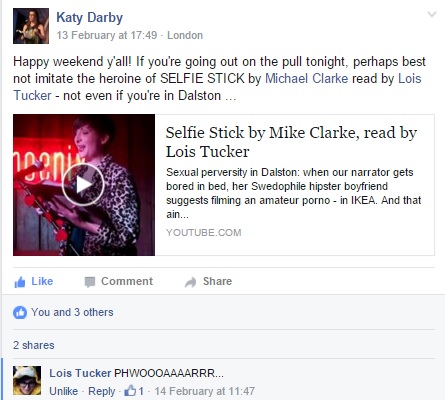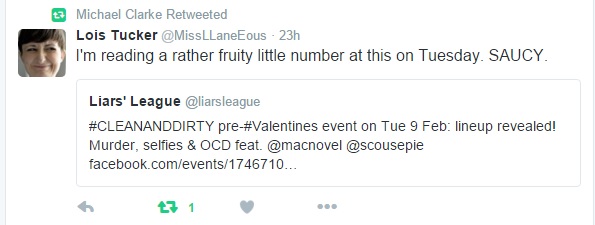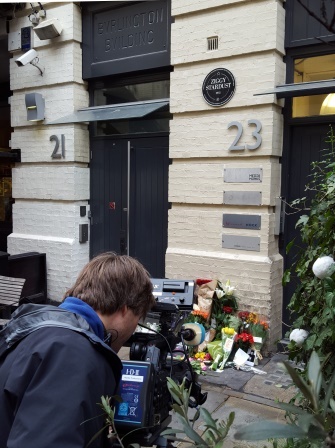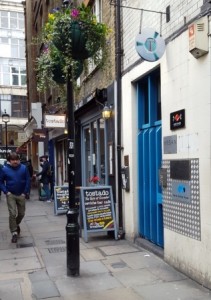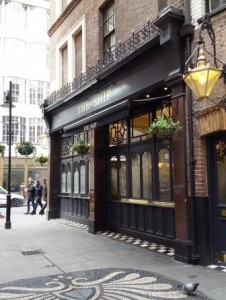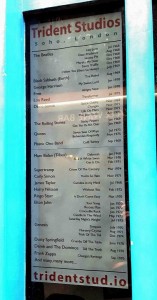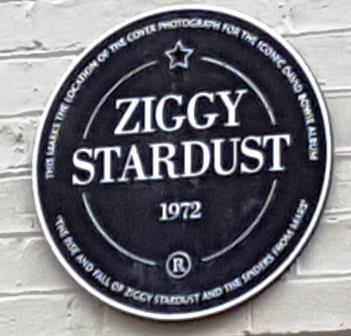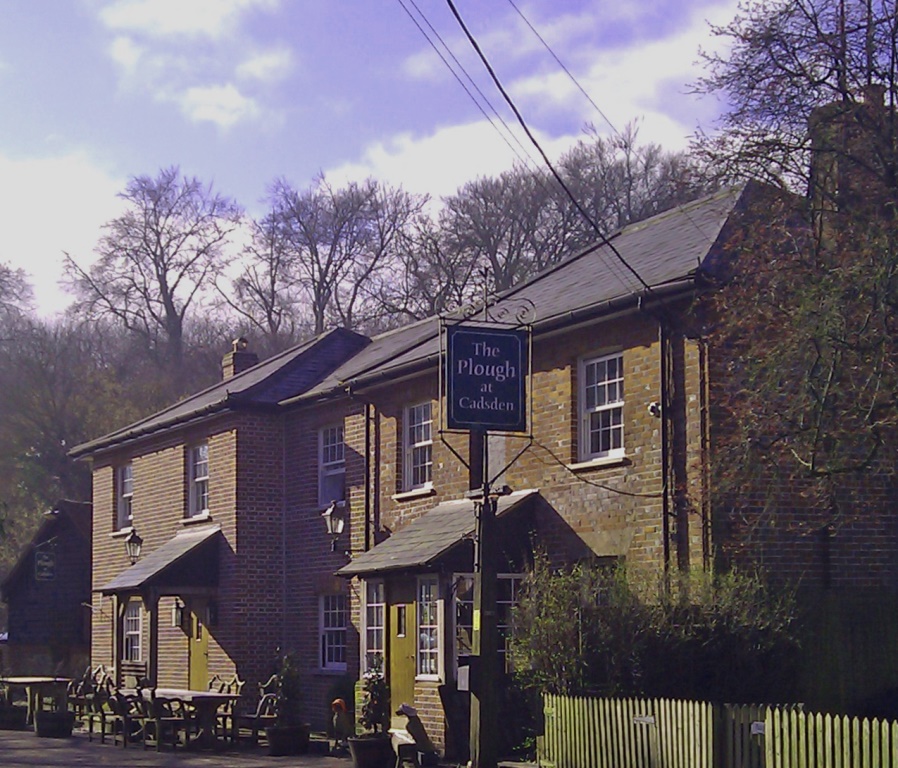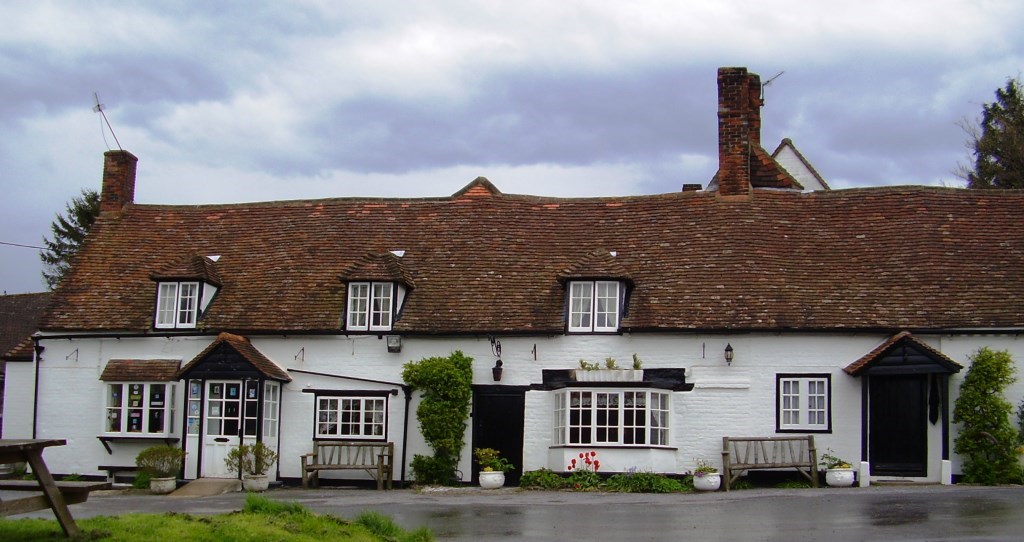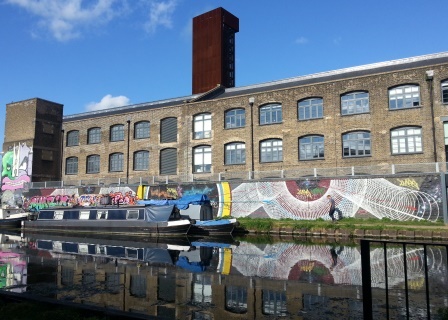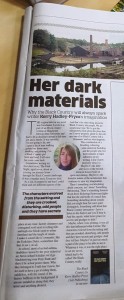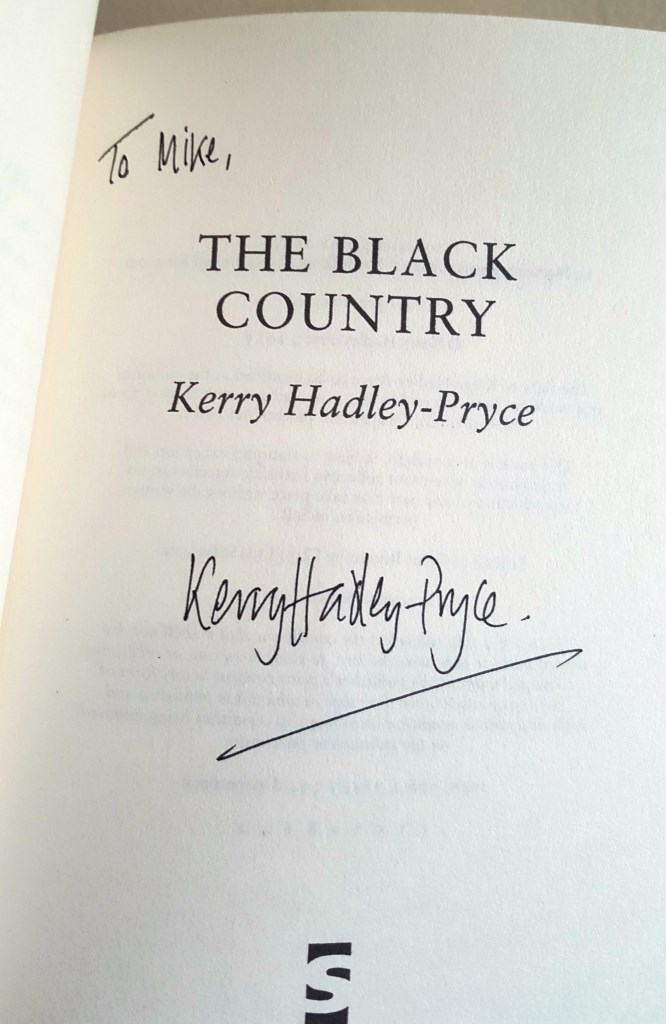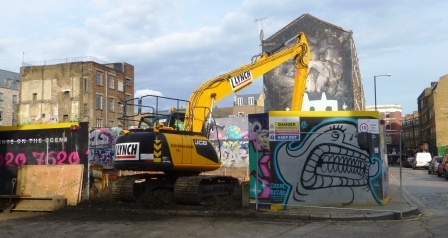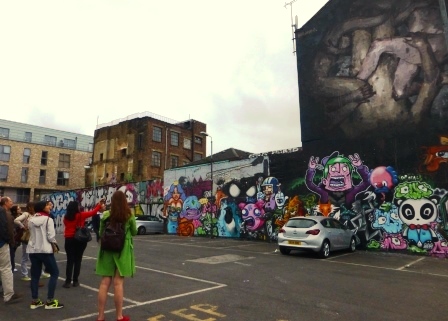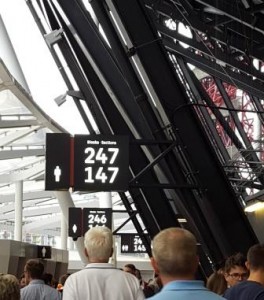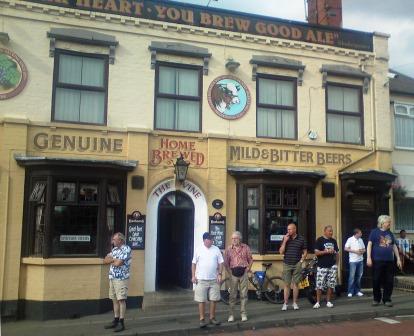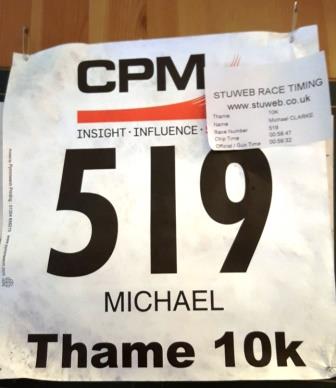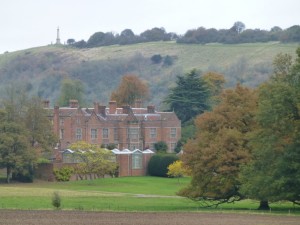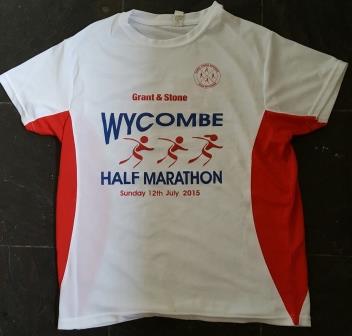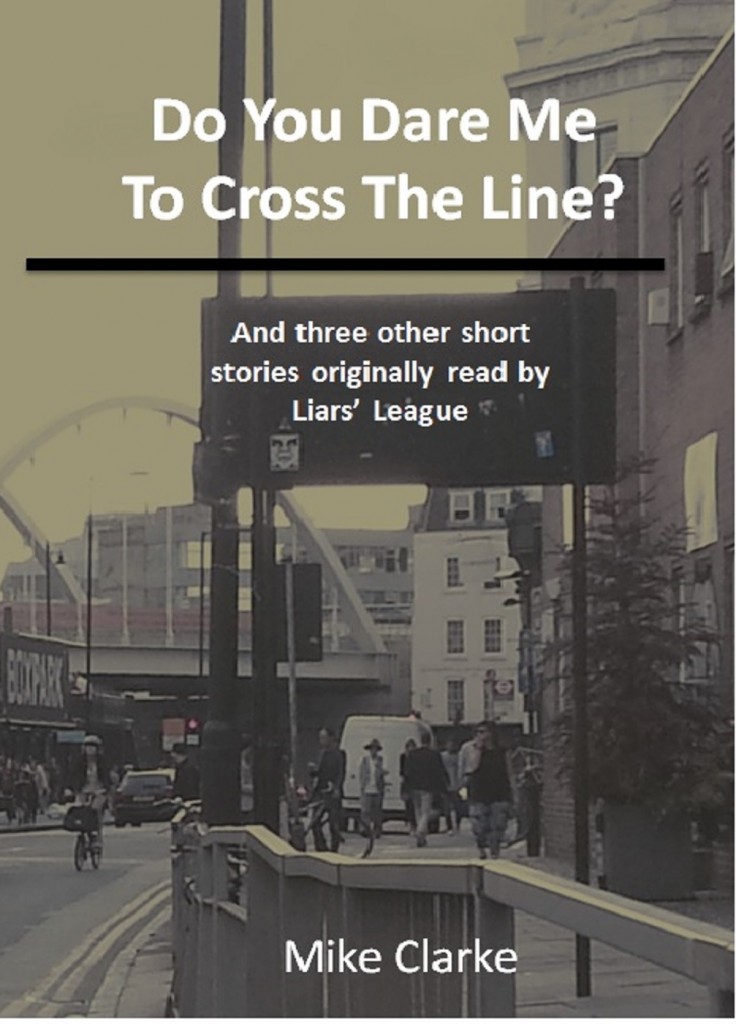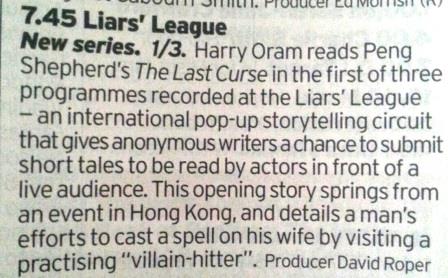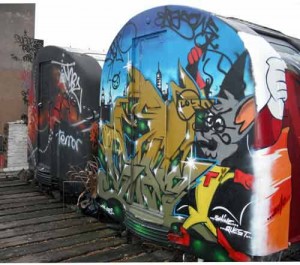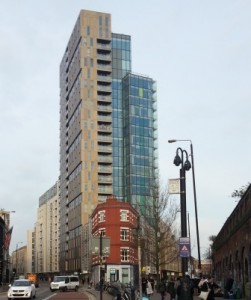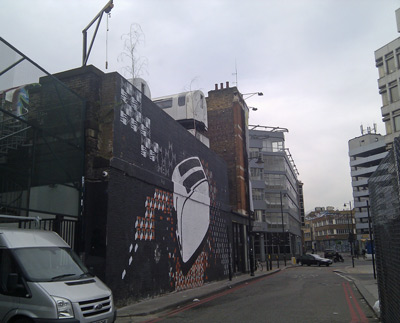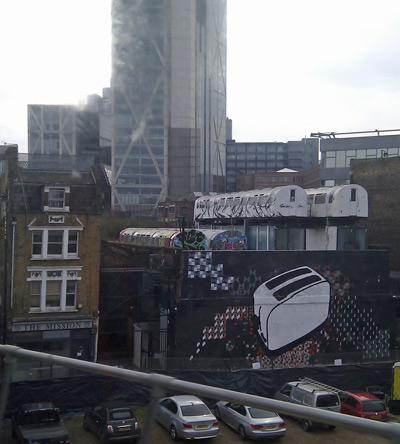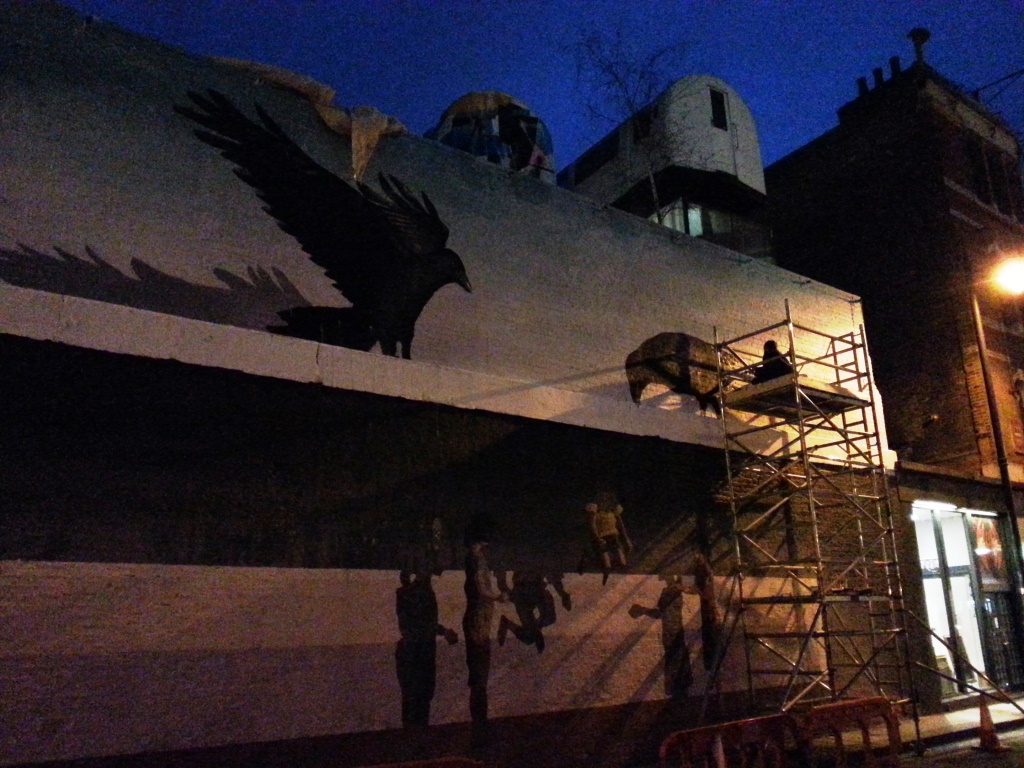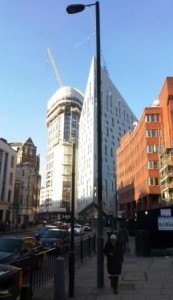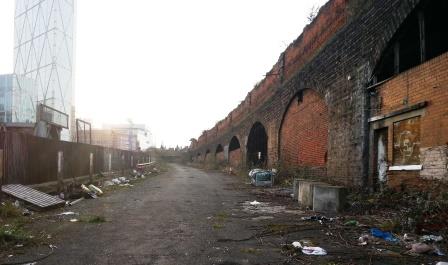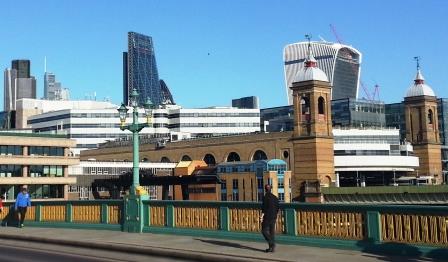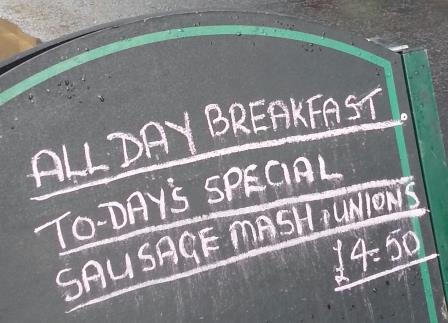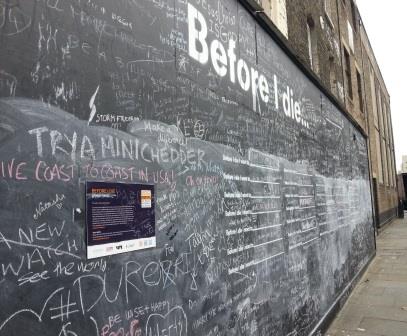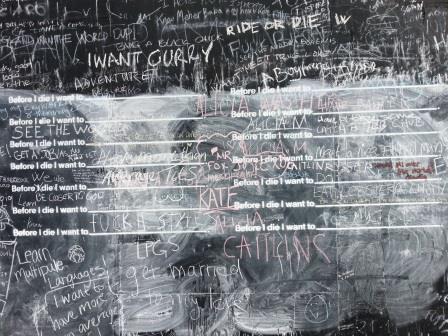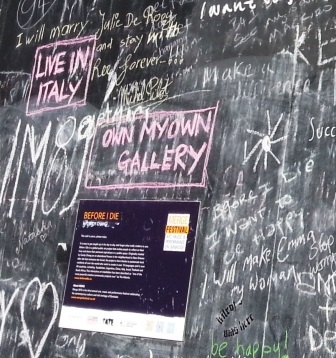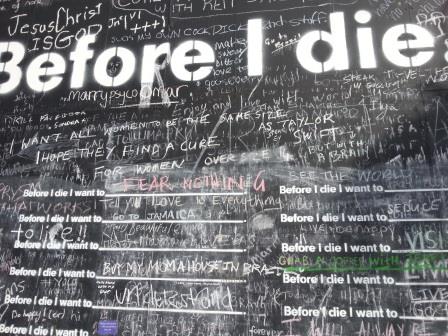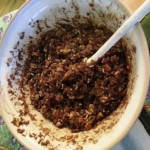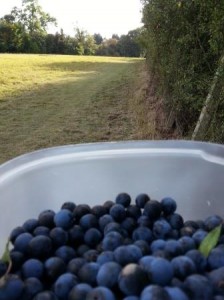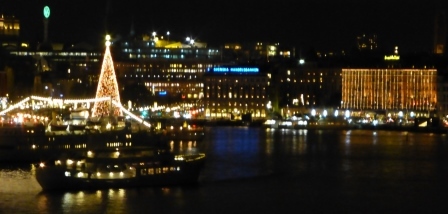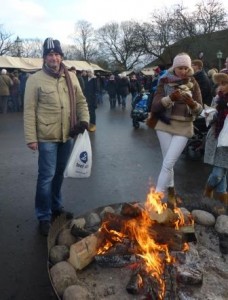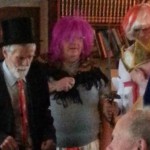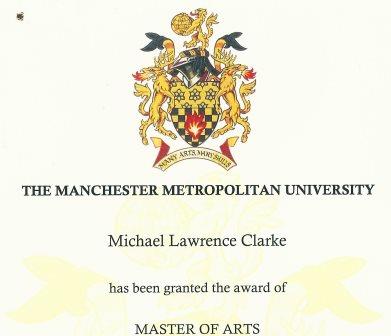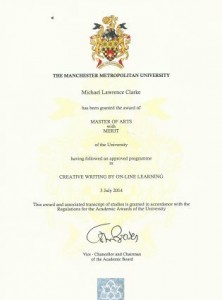I don’t normally join in with all the RIPs messages on Facebook and Twitter and so on that follow the deaths of well-known people. However, George Martin, who died recently at the age of 90, was an exception.
It’s indisputable that he made an enormous contribution to popular culture by guiding the music of The Beatles with intelligence and innovation. Although he didn’t write or (mostly) perform the music, his influence was indispensable.
His crossing of boundaries between genres opened the door to the Beatles’ innate curiosity and desire to push the boundaries of pop music (as it was then). George Martin’s background in classical production and, most importantly, comedy records with the likes of Peter Sellers and the Goons not only meant he was the only A&R man who saw any potential in the Beatles but also allowed him to explore techniques that had never been used before in recorded music.
To go from recording Please Please Me to Tomorrow Never Knows (still one of the most experimental tracks ever released on a popular album) in the space of three years is completely mind-blowing. For seven years he managed to keep two of the most talented ever singer-songwriters working together and made them more than the sum of their phenomenal parts.
The fact that Lennon and McCartney split all their song-writing credits 50-50 until even past the end of The Beatles (Give Peace A Chance is co-credited to Paul McCartney) must have been, at least in part, an incredible reflection of the atmosphere of mutual openness and lack of ego that Martin’s tolerant personality fostered.
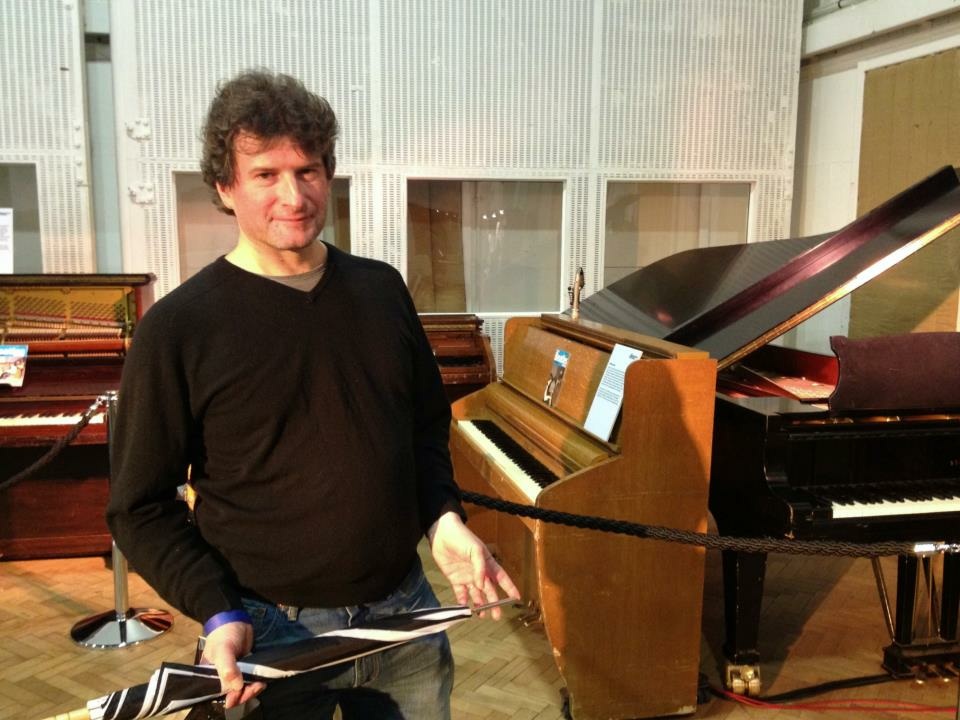
George Martin was born in the 1920’s: closer to my own grandparents’ ages than even of my parents.While he produced the likes of Helter Skelter, he also brought out the streak of English nostalgia that characterises many of the Beatles most loved songs, especially around Sergeant Pepper and, in that sense, his passing cuts that link of continuity with the England of the past which cuts through so many Beatles songs (Penny Lane, A Day in the Life, Polythene Pam, Golden Slumbers, In My Life, Eleanor Rigby, Yellow Submarine and many more).
In my (humble) opinion the work he produced with the Beatles is the greatest and most significant cultural achievement of the 20th century – both artistically in itself and for its enduring influence. The fact there’s a quite a bit of throwaway rubbish in there only emphasises how supernaturally great the best of it was.
the Beatles catalogue is an example of a truth that relates to all artists’ work: that it is the heights of achievement that are remembered while the low-points are usually discreetly forgotten (there weren’t that many duds in the Beatles’ back catalogue — but Wild Honey Pie and Dig It?). Create a work of genius and you’ll be remembered for that alone (as evidenced by the great fondness shown towards Bowie’s music after he died.)
The Beatles also embraced another principle of great artists — of moving forward, reinventing themselves and not churning out the same old style of music (as most of their sixties contemporaries did — and some still do). And in George Martin, the Beatles had the perfect foil for their innovation.
From listening to the many tributes — and a repeat of a fascinating BBC6 documentary — it seems very unlikely that George Martin ever dismissed the Beatles’ novel musical suggestions. He tried to understand the sounds they’d imagined (especially John Lennon) and translate that concept to make it work as best practical — the splicing together of Strawberry Fields Forever being a famous example.
Most producers wouldn’t have had the patience. Similarly with writing, it’s sometimes an easy option to give feedback that sets another writer on a safe but formulaic direction. The non-prescriptive approach typified by George Martin is similar to the approach of a sympathetic and encouraging editor or writing tutor.
From the use of feedback at the start of I Feel Fine or the sitar on Norwegian Wood, The Beatles weren’t afraid to experiment — and to fail through their experimentation. George Harrison’s Indian inspired songs aren’t likely to be everyone’s cup of tea but they represented an incredibly imaginative approach to instrumentation. Without the sound collages of Revolution 9 would the Beatles have sewn together side two of Abbey Road so seamlessly?
One aspect of George Martin’s career that was perhaps viewed too literally in the various tributes was the way he wrung amazing sounds out of primitive technology. George Martin should be given credit in general for the way he applied technology to art — starting a process that’s still being explored today.
Until the Beatles Rubber Soul and Revolver (and Brian Wilson’s Pet Sounds in response) music had been recorded largely as it was performed.
In the atmosphere of the sixties’ ‘white heat of technology’ EMI had recruited a brilliant team of engineers to work at Abbey Road who, in some ways, worked in the same highly professional way as their equivalents in NASA who were pushing their technology to the limit to get a man on the moon. George Martin could rely on the engineers’ ingenuity and diligence to record the Beatles’ boundary-pushing sounds.
I was fortunate enough a couple of years ago to actually go inside the famous studios (I even used the Gents’ toilet the Beatles would have used — and it’s probably not changed since then).
It was an event to mark 80 years of recording in the studios and it was held in studio two — where the Beatles recorded almost all their material. Much of their original equipment was on display — the tape machine that recorded Sergeant Pepper and the mixing desk used for Abbey Road.
The pianos used on the records were also present. In the photo above I’m standing nearest the incredibly anonymous looking upright piano that was used most frequently in their recordings. It looks like an instrument you’d find in a church hall or a school music room but its tones are ubiquitous. They’re quite possibly being played by a million devices around the world at any given second.
One story about George Martin that was often repeated often in his obituaries was that he was the last record producer in London who hadn’t turned the Beatles down. Even despite Brian Epstein’s commercial influence in the north, all the other A&R men had seen no promise in the band whatsoever.
This is often seen as a ‘perseverance pays’ or a ‘talent will out’ story but it might be better to view it as a lesson in what might never have been.
In his fascinating book The Great British Dream Factory historian Dominic Sandbrook speculates what might have happened to the Beatles had George Martin not trusted his instincts and turned them down. Sandbrook thought Lennon would have surfaced into the public consciousness somehow but the other three may have remained in obscurity in Liverpool (as did Pete Best, the sacked Beatle).
I disagree with Dominic Sandbrook’s prediction. Paul McCartney’s talent is so immense that he surely would have achieved some professional musical success, although without the collaborators who pushed him on to greatness. John Lennon — who knows? Maybe if his musical ambitions were thwarted he’d have gone into another art form (remember he published books of his drawings) or perhaps politics?
Either way all those timeless songs would never have made it out of their respective bathrooms or local pubs. And remember that every other record label had rejected the Beatles. Rather than arguing this shows the process worked, it should be appreciated how it very nearly didn’t — whether because the auditioning system was flawed or because those making the decisions were so wrong.
As a result every music lover should be eternally grateful that George Martin didn’t sign some me-too, manufactured, formulaic act and took a risk in embarking on that wonderfully imaginative journey with The Beatles. If the measure of a good life is to leave the world a better place than one found it then George Martin well and truly passed the audition.

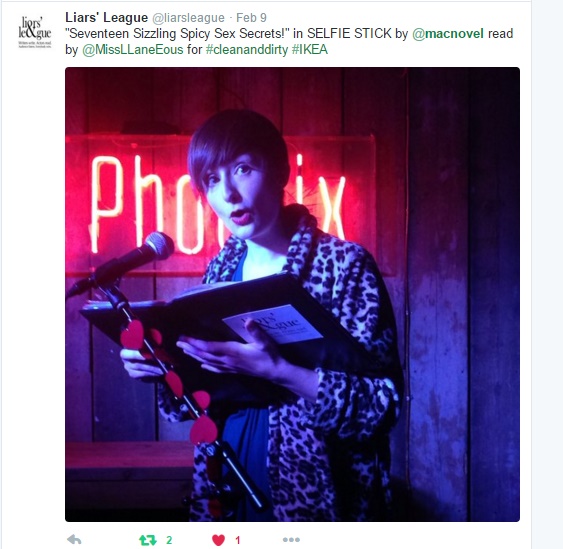 I was very fortunate that Lois was able to read my story. I felt confident that she really understood the tone of the story and the character of Ellie, the narrator and protagonist — she really looked the part too — and even apparently lives not too far from Stoke Newington (watch, read or listen to the story and you’ll understand). It’s a brilliant (and addictive) experience to listen to words that you’ve written hold the attention of an audience and also produce more than the odd laugh and I’m very grateful for Lois’s professional skill in allowing me that privilege.
I was very fortunate that Lois was able to read my story. I felt confident that she really understood the tone of the story and the character of Ellie, the narrator and protagonist — she really looked the part too — and even apparently lives not too far from Stoke Newington (watch, read or listen to the story and you’ll understand). It’s a brilliant (and addictive) experience to listen to words that you’ve written hold the attention of an audience and also produce more than the odd laugh and I’m very grateful for Lois’s professional skill in allowing me that privilege.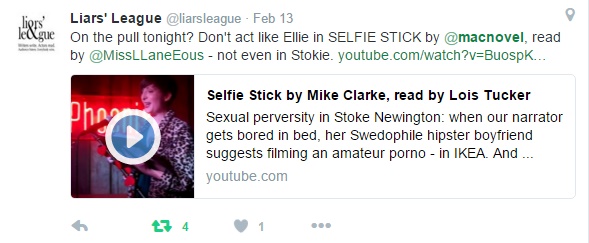 I was told that the number of submissions for February’s Clean and Dirty theme was particularly high and, as evidence, the other stories read out on the night were all extremely good. These were: Coming Clean by Sherry Morris, Zoe versus Zita by Michael Button, Saving Face by Emma O’Brien, Gloves by Elisabeth Simon and The Marriage Inspector by Niall Boyce. They can all be found on the
I was told that the number of submissions for February’s Clean and Dirty theme was particularly high and, as evidence, the other stories read out on the night were all extremely good. These were: Coming Clean by Sherry Morris, Zoe versus Zita by Michael Button, Saving Face by Emma O’Brien, Gloves by Elisabeth Simon and The Marriage Inspector by Niall Boyce. They can all be found on the 

